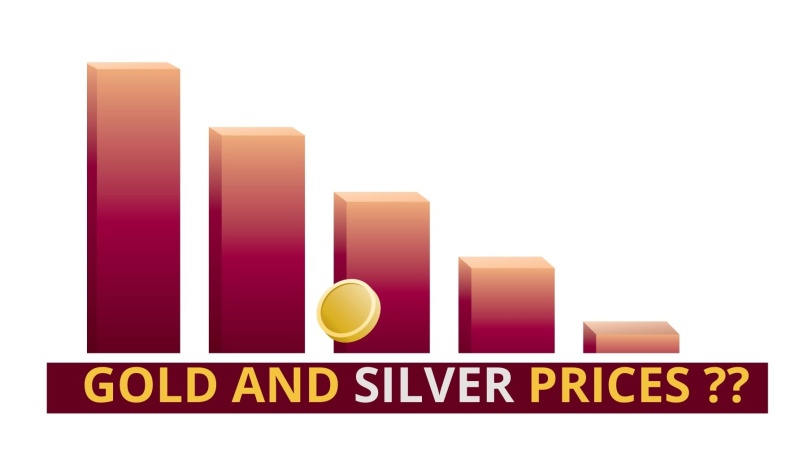Current Gold and Silver Prices in Canada: Tracking the Trends
Canada, like the world, sees fluctuating gold and silver prices. To make the greatest buying and selling decisions, investors must monitor current trends.
Canadian gold prices are rising. Early 2023 gold trades at $2,600 CAD per ounce. COVID-19 economic uncertainty has strengthened gold demand as a safe-haven investment. Many experts think gold will hit $3,000 CAD per ounce in a couple of years.
Silver prices are up 50% year over year to $32 CAD per ounce. Like gold, silver hedges price increases and fluctuations in markets. Silver gets used in solar panels, increasing demand.
Since precious metal prices fluctuate, buy when prices drop and sell when they rise. Use a trusted Canadian gold and silver broker to buy, sell, and follow trends. They can assist you in buying bullion bars, coins, ETFs, mining company equities, and more.
What’s Driving Precious Metal Value Fluctuations in Canada in 2023:
Domestic and global forces drive gold and silver prices:
- Economics and Stability in government: If inflation rises, investors may seek inflation-protecting investments. International tensions and investor security may boost gold and silver prices.
- Rates of interest affect precious metal prices greatly. News reports imply the Bank of Canada may boost rates in 2023. The ruling may raise borrowing costs and hinder economic growth.
- Tax: Most precious metals in Canada are GST/HST-exempt. The precious metals are gold, platinum, and silver bars, ingots, coins, or wafers. Product purity must be 99.5% gold and 99.9% silver to qualify for gold and silver tax exemption. The Canadian GST/HST applies to palladium items.
Online or professional gold dealers can provide spot pricing. The spot price is one aspect that impacts the value of your gold or silver—it shows what dealers are paying in that region at any time.






